
The cliff’s charms mesmerize the viewers
Geumodo Island was a land where the access and lumbering of ordinary people were forbidden by the nation. The cliffs were a base of life, and the views were the resting place of hermits and high priests
It is a place where you submerge in its charms and get drunk in its views
Geumodo Bireonggil was the path through the coastal cliffs that was used to get firewood and go fishing. It piques the curiousity just by hearing its name. ‘Bireong’ is a Yeosu dialect of ‘byeorang’, cliff in Korean. The charms of Geumodo Bireonggil lies in following the Geumodo coastal terrace’s cliffs that are difficult to be found in the southern seas, and tracking along the coastal cliffs that is arranged as a tracking course. It starts at the mountain paths behind Hamgumi village, and the course embraces the sea. It starts at Hamgumi dock and it is formed of sections that connect Dupo → Jikpo → Hakdong → Simpo → Jangji. The transparent sea waters of the Geumodo Hamgumi dock, where Bireonggil begins, with big and small fishing boats catch the hearts of the visitors.
Course 1
The main tourism points of this course are Yongdubawi Rock, Miyeokbawi Rock, Songgwangsajeolteo, and Sinseondae. Yongdubawi Rock, a section of Bireonggil, was named so because it looks like a dragon’s head, and it is a best place to cool off the accumulated sweat. Parts of certain sections of Yongdubawi Rock and Miyeokbawi Rock give a different kind of thrill when looking beneath the wooden fence, as there is a thrillingly steep cliff below. When you walk along Bireonggil, you will notice that the beginning and the end of Bireonggil is always connected with a village. Each village has a resting place and sells various delicious delicacies only to be tasted in Geumodo Island, such as Bangpung jajangmyeon, Bangpung seodaehoemuchim, and Bangpung seafood and green onion pancake.
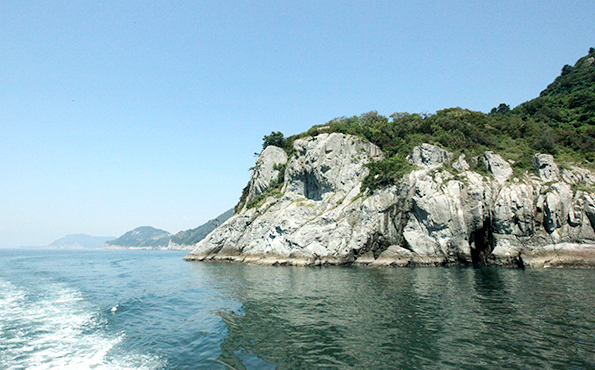
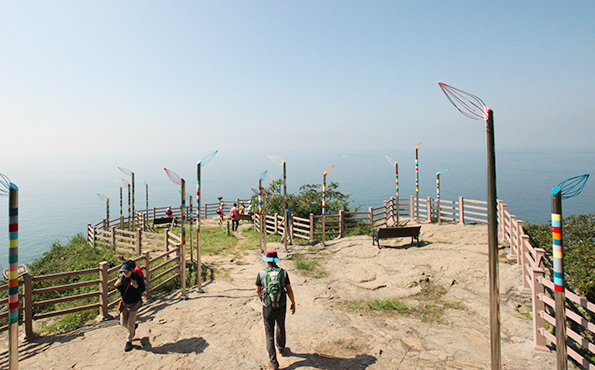
Course 2
If you go about 1.7km away from Dupo, then you will find Guldeung Observatory, with superb sea views. Guldeung is a peculiar village that is formed on top of a cliff. It is beautiful at daytime, enough for an observatory to be located there, but at night the moon and the stars are so beautiful that it would lead a wandering traveler into the world of dreams and phantasms. If you pass the Guldeung Observatory, then you will find Chotdaebawi Rock. Chotdaebawi Rock is where people wished for the well-being of the villagers. If you head out a little more, then you would arrive in Jikpo, with a beach and 300 year old big cone pines.

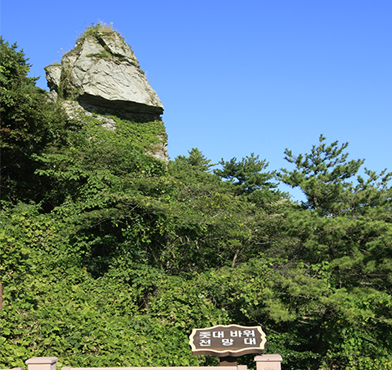
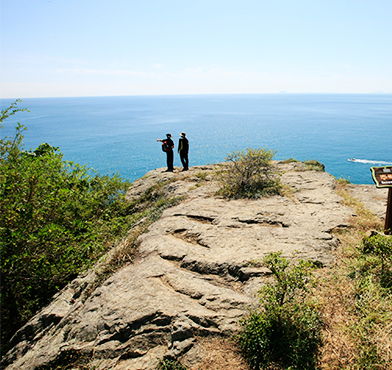
Course 3
If you ride a boat at Hamgumi, then without passing by Bireonggil course 1 and 2 you can see the Bireonggil at the sea to Jikpo. The sea seen from Bireonggil is beautiful too, but Bireonggil seen from sea gives off a different charm from cliffs and rocks of fantastic shape. Grass fields and mountain paths that are filled with camellia forest appear as soon as one arrives at Jikpo. You can feel your spirit being healed as you enter the thick camellia forest. Galbaramtong Observatory and Maebong Observatory, along with the beautiful views, it gives fantastic thrill when you look at the bottom from the top of the cliff. It can give you a previously non-existent acrophobia so be careful!
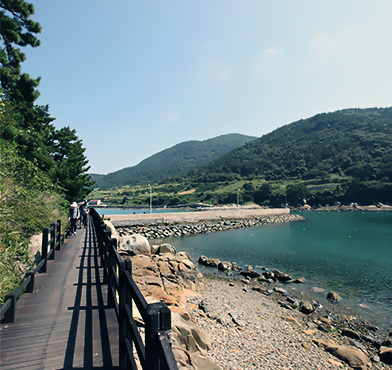
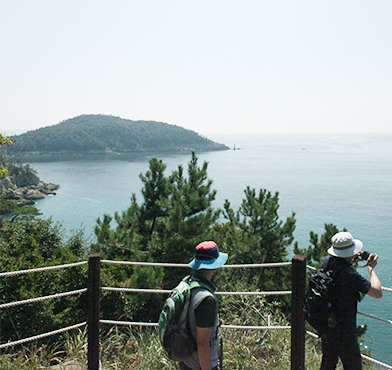
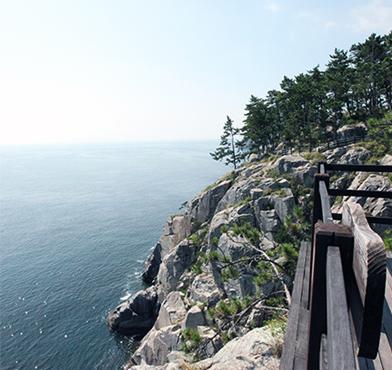
Course 4
Hakdong has its name because apparently the shape of the mountain is cranelike. If you pass by Hakdong and walk along, then you will see Sadaritong Observatory and Ongeumdong Observatory. The vast seas watched from these observatories heal both body and mind. The beautiful wild flowers please the eyes and the sound of the waves pleases the ears. Walk while being mesmerized in nature and you will find yourself arrived in Simpo, called so because it has deep ports.
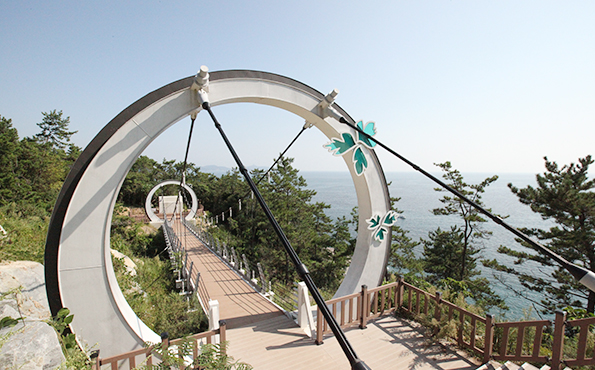
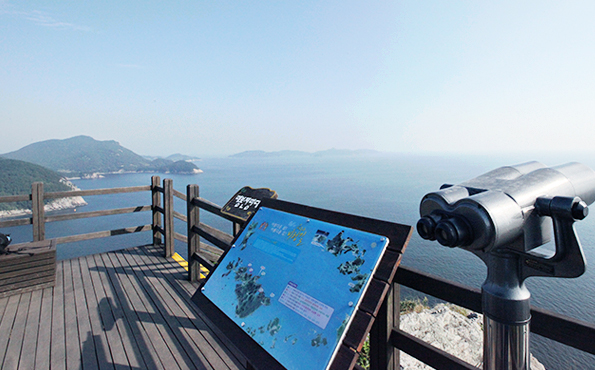
Course 5
Simpo Village has warm, deep, and clean seas even during winter, so it has various kinds of fishes. Thus, it is a hotspot not like others to fishermen. Black porgies are especially caught often here. The sunset at Simpo village is like fantasy itself. You wouldn’t know whether time passes by or not. If you descend after watching the sunset, then you will arrive at Jangji, the last stop of Bireonggil course.


